I need serious advice on how to remove relatively thick mahogany veneer from a very old round table. The veneer is catastrophically damaged and is way beyond salvage. I want to remove the damaged veneer and replace it. The table is 5 feet in diameter, and the secondary wood base is unglued at the original joints. I will appreciate very much your assistance. Sincerely, Hadley
Discussion Forum
Get It All!
UNLIMITED Membership is like taking a master class in woodworking for less than $10 a month.
Start Your Free TrialCategories
Discussion Forum
Digital Plans Library
Member exclusive! – Plans for everyone – from beginners to experts – right at your fingertips.
Highlights
-
Shape Your Skills
when you sign up for our emails
This site is protected by reCAPTCHA and the Google Privacy Policy and Terms of Service apply. -
 Shop Talk Live Podcast
Shop Talk Live Podcast -
 Our favorite articles and videos
Our favorite articles and videos -
E-Learning Courses from Fine Woodworking
-
-
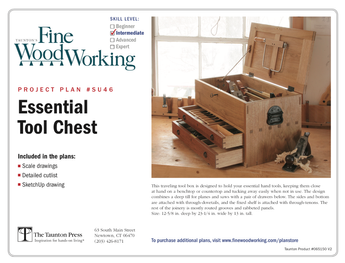
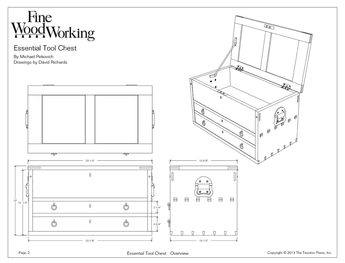


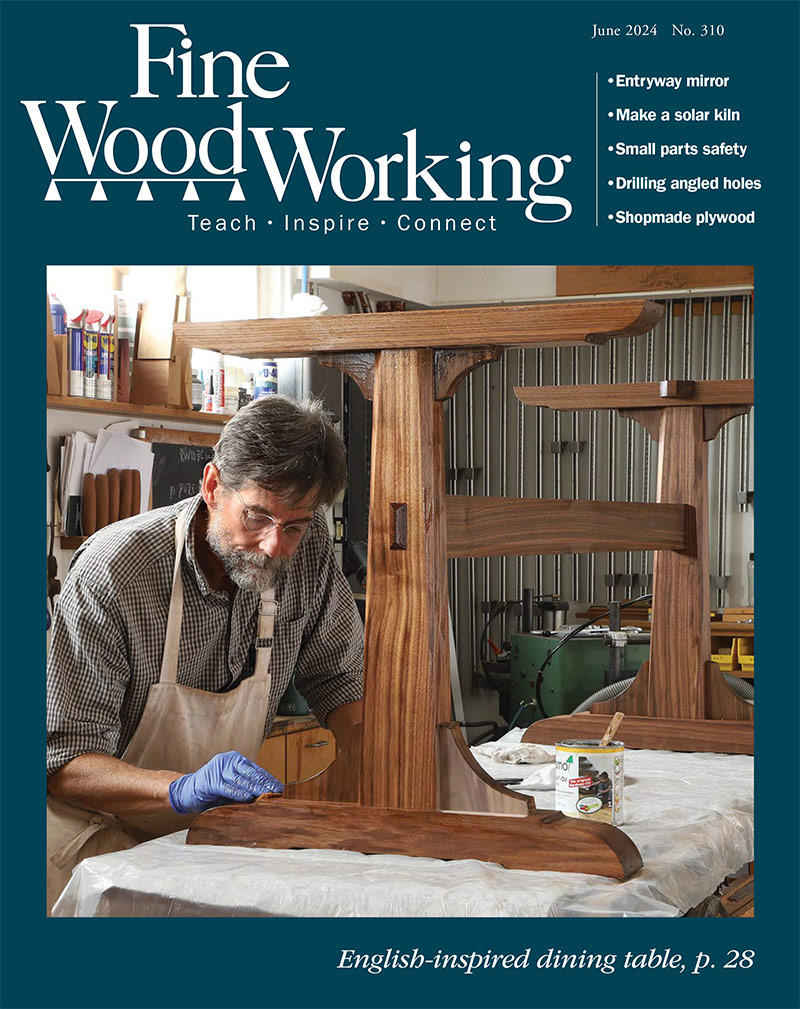
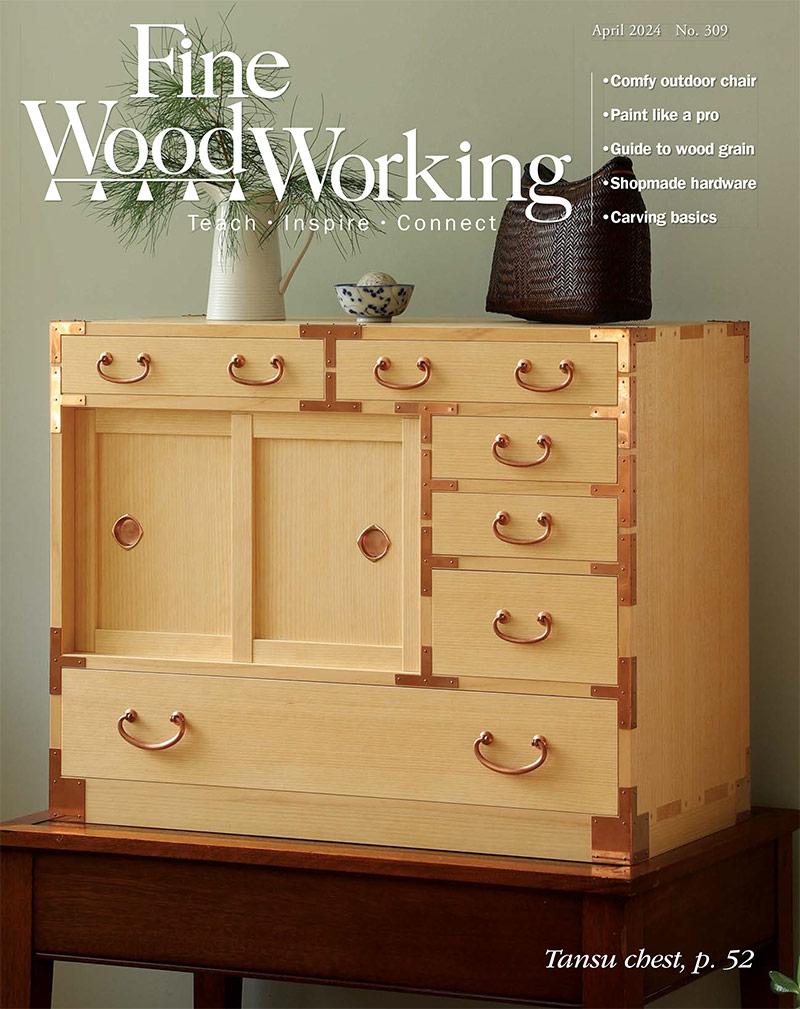
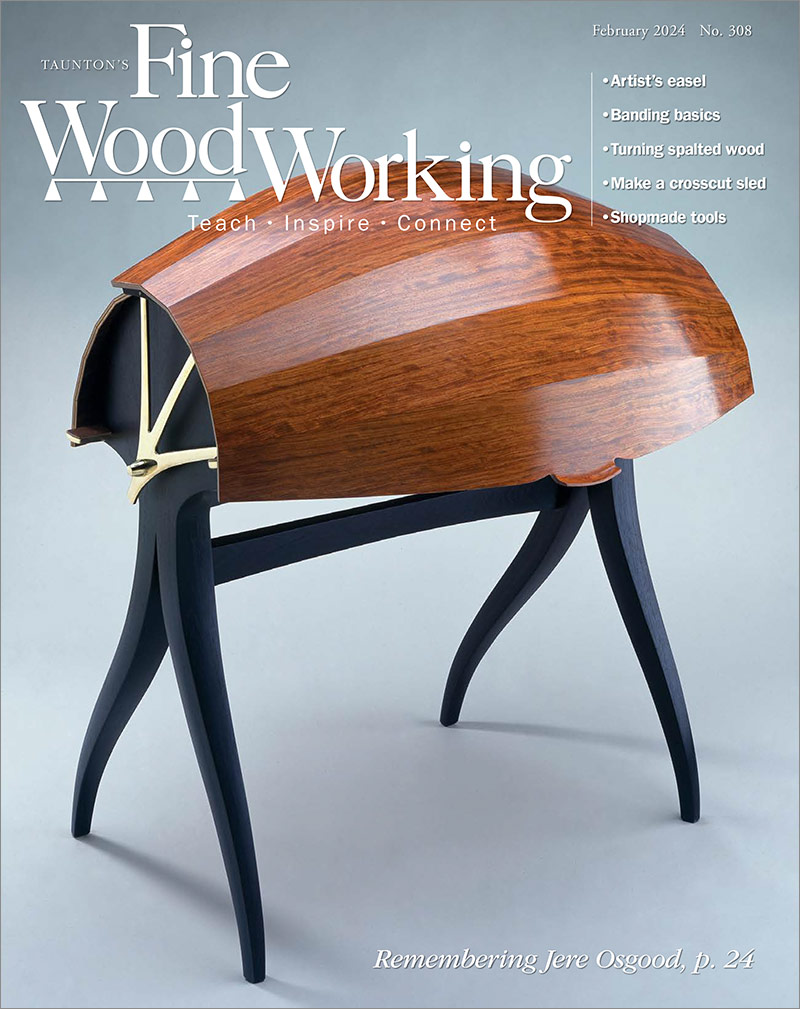
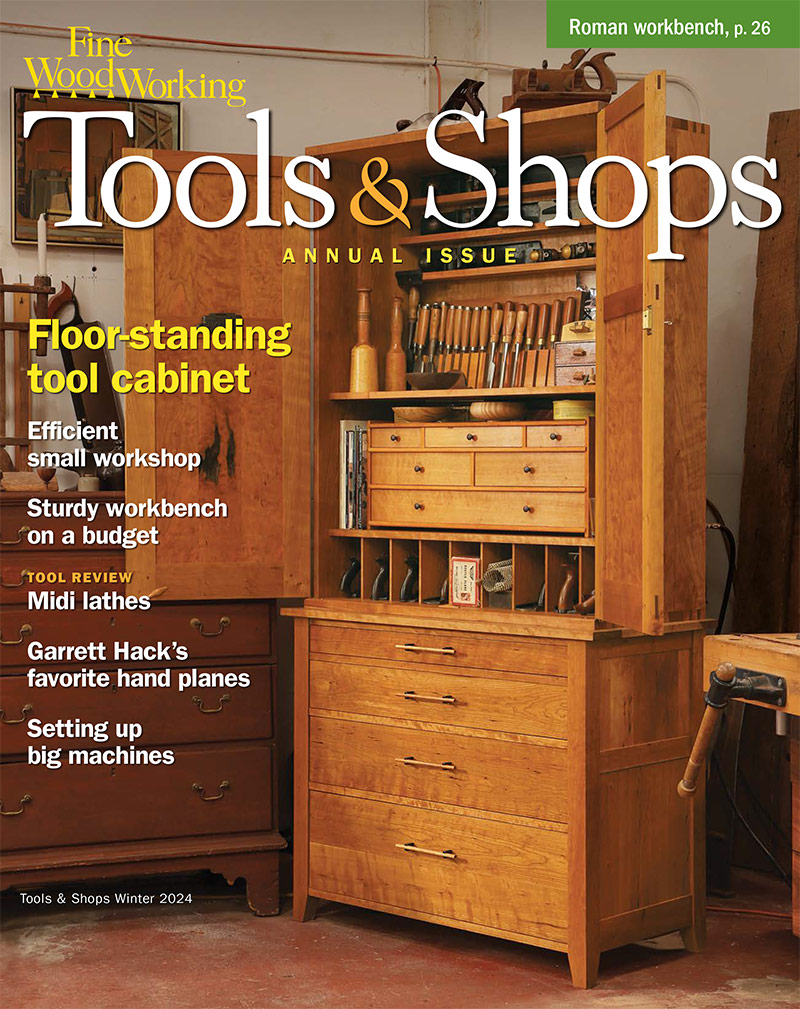
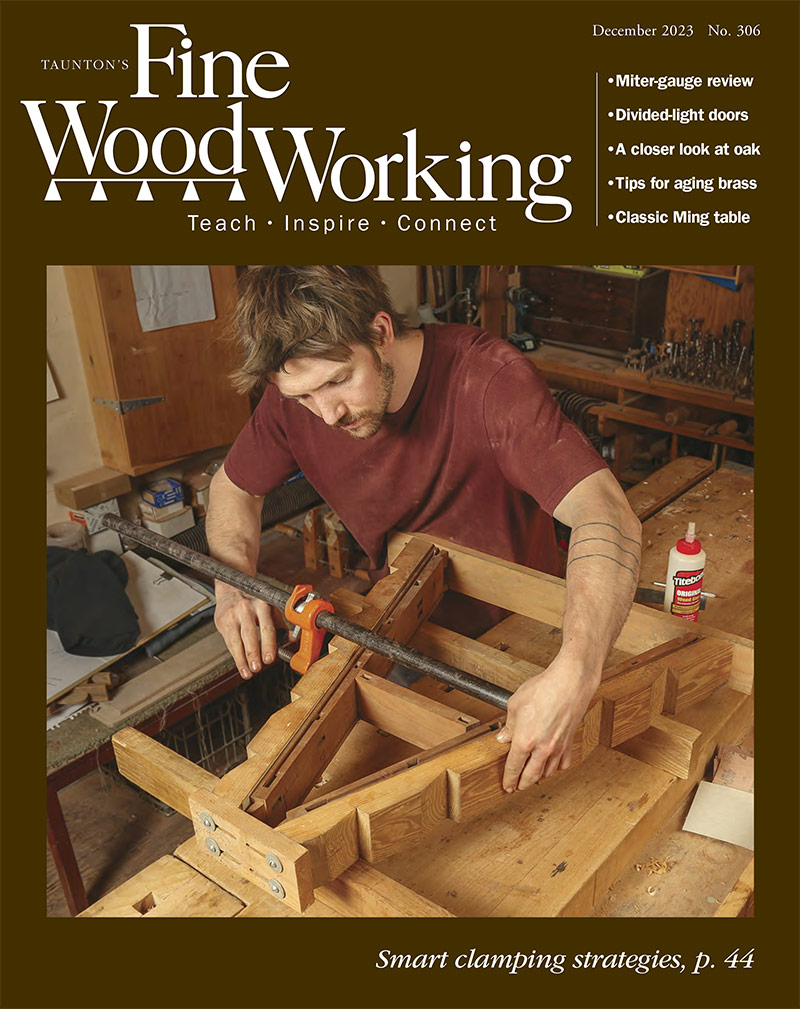
Replies
Hadley.
I'm going to move your question to another folder because I don't have any experience with this. My guess would be to remove the bulk of it with a chisel and mallet and then clean up with a scraper and bench plane, but I could be wrong. Hopefully someone else can assist.
Matt
Dear Matt: Thank you for your response to my question. You and your colleagues are of great value to my woodworking efforts. Kindest regards, Hadley
It sounds like your table may have re-sawn veneer (rather than sliced) veneer. Such veneer was common up though the first half of the 20th Century, especially in mahogany. Such veneer was between 1/32 and 1/8" in thickness. Modern veneer will be as thin as 1/40" but fortunately, mahogany veneer still runs relatively thick form most suppliers. The second fortunate thing is that the veneer is probably attached with hide glue. If not hide it may be casein glue. If you dampen the veneer with wall paper remover (which is just a wetting agent that you add to water and adding a bit of denatured alcohol as well helps) and let it soak for a while the veneer should lift nicely after heating with a household iron. The iron should be warm but not hot. A low setting is what you want and many old texts suggest holding near the face to judge heat levels. Sounds funny but it actually works. The idea is to melt the hide glue. Even if it is casein the heat will help. I suggest doing a small section to test my suggestion.
Once the old veneer is removed flatten the resulting surface to joinery levels and apply new veneer by conventional methods. It should be added that veneer has to be done on both sides of a panel (such as your table top. On some very old furniture this was not done and warping is often the case. (The best Empire furniture was solid mahogany veneered with crotch mahogany.) If the veneer on the bottom side is o.k. leave it and just apply new to the top. Make sure to run the grain in the same direction as the bottom. If there is no veneer on the bottom side veneer both sides in the same direction as the original top veneer.
There is a plethora of "why and wherefore" dictating my answer to your question which is too involved for an email forum. If you run into any snafus don't hesitate to query me further. A digital photo is always helpful.
With best regards
Ernie Conover
Edited 1/15/2008 8:17 am ET by ErnieConover
Dear Ernie: Thank you for your guidance re the table. It indeed is resawn veneer, and I initially tried gently to release it with a heat gun. Since the veneer was already destroyed through abuse, I was not concerned about harsh methods. However, the heat gun was unsuccessful even to the point of charring the surface. I will attempt the second method you suggested. What a delightful service you folks at FWW provide... I appreciate your advice. Kindest regards, Hadley
This forum post is now archived. Commenting has been disabled